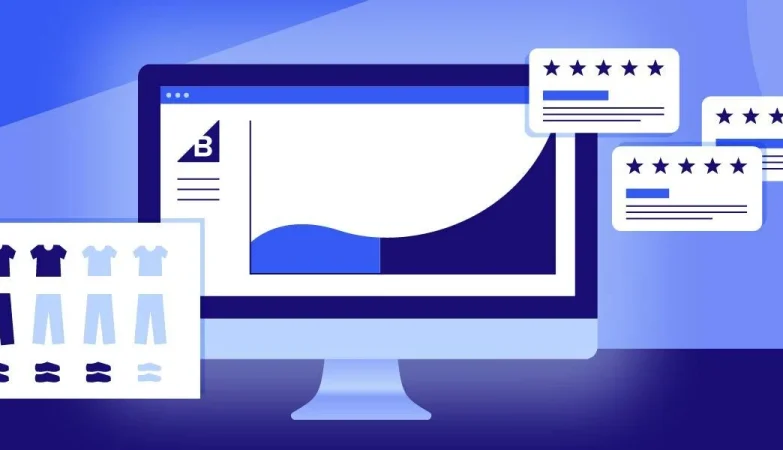Tax breaks are a great way to reduce your tax liabilities. They can be granted to individuals, businesses, or even to the government as a whole. These tax breaks are often intended to boost the economy and increase the solvency of the population. Here are five of the most common types of tax breaks:
Deductions are popular with the rich, but they are also available for middle-class families. A key dividing line in this era of deductions is itemizing. Tax-payers claim these deductions every year, and the government does not have to offer them. The government is not obligated to offer them, but many do. In the United States, itemized deductions are allowed for certain types of expenses. The standard deduction may be less than the tax savings you’ll enjoy by itemizing your expenses.
Another common tax break is the mortgage interest deduction. Although you can deduct mortgage interest, you won’t be able to deduct all of your housing expenses. To get the most out of this deduction, you’ll need to work with a tax professional. But there are some general guidelines for these deductions. If you’re a homeowner, make sure to check with your local government to see if you qualify for any special tax breaks.
Some tax breaks apply to both individuals and businesses. Employer contributions for medical insurance and care are tax-exempt. Federal payroll and income taxes are reduced for the employer. This lowers the cost of medical insurance after the deduction. Additionally, this deduction may be more valuable to taxpayers in higher tax brackets. There are other ways to get tax breaks. Make sure you take advantage of them. You’ll be glad you did. If you can, take advantage of tax breaks for your business or personal finances.
Other tax breaks for older Americans include the ability to make more contributions to a retirement account or an employer-sponsored retirement plan, and the ability to exclude more income from your tax computations. Congress passed the Economic Growth and Tax Relief Reconciliation Act in 2002, which included provisions aimed at helping older Americans save for retirement. This act was passed after Congress worried that many baby boomers weren’t saving enough for retirement. The Tax Cut and Jobs Act also included provisions for older Americans.
While tax credits are designed to reward investments, the main benefit of tax credits is that they reduce the tax burden for businesses. Tax credits, unlike discretionary subsidies, are not restricted to a specific industry. They may also be limited to companies that hire disadvantaged workers or pay a certain wage. The tax credits can be beneficial for companies of all sizes. So, when choosing the right tax breaks for your company, make sure to consider them. They could be worth thousands of dollars to your business.
Among the other tax breaks for businesses is the 20 percent pass-through deduction for companies. It’s a generous tax break that benefits the wealthy. But as with most things in life, the benefits of the tax code tend to go to the wealthiest people. The wealthiest households will enjoy the most tax breaks, with a total benefit of 61 percent to the richest one percent of households. The corporate tax rate has also been lowered by the Tax Cuts and Jobs Act of 2017.









